Introduction
In the world of high-fidelity audio systems, combining a home theater system with a turntable is often the dream of audiophiles seeking a premium audiovisual experience. With vinyl records gradually making a comeback, more and more audiophiles are adding turntables to their home theater systems. However, to seamlessly integrate a turntable into a modern home theater, system compatibility is crucial. How can you ensure harmonious operation and enhance overall sound quality? This article will explore in detail how to use a turntable with a home theater system, providing you with expert selection advice.
1. Basic Compatibility Between Home Theater Systems and Turntables
To seamlessly integrate a turntable with a home theater system, you first need to understand their basic compatibility. Turntables typically require some audio processing and amplification, while home theater systems are mostly designed to play digital audio signals. Therefore, choosing the right audio interface and processor is crucial for a successful connection.
Turntable Output Signal Type
The signal output from a turntable is typically analog, which means it needs to be boosted by a phono stage (preamplifier) to be compatible with the amplifier in your home theater system. Many modern, high-end home theater systems come with a built-in phono stage, but if your system doesn't, you may need to purchase a separate external amplifier to ensure signal quality.
Home Theater System Inputs
Most home theater systems come with a variety of inputs, including optical, coaxial, HDMI, and analog audio. For turntables, you'll need to confirm that your system supports analog audio inputs (usually RCA connectors). If your system doesn't, you might consider an external preamplifier or AV receiver.
2. Choosing the Right Preamplifier: The Key to Connecting Your Turntable to Your System
A preamplifier is the crucial link between your turntable and your home theater system. It amplifies the low-level signal from your records to a level your system can handle. If your home theater system doesn't have a built-in phono stage, an external preamplifier is particularly important.
Why is a preamplifier so important?
The signal output from a turntable is very weak, and connecting it directly to a sound system may not provide sufficient volume and clarity. A preamplifier boosts this weak signal, ensuring that your sound system can process and reproduce the audio details. If you're striving for impeccable sound quality, you can also choose a high-quality preamplifier, which typically offers a higher signal-to-noise ratio and more accurate sound reproduction.
How to Choose a Preamplifier?
When choosing the right preamplifier, you need to consider the following factors:
Matching Your Cartridge Type: Turntables typically use two types of cartridges: MM (moving magnet) and MC (moving coil). Different types of cartridges require different preamplifiers.
Gain Setting: The preamplifier's gain must match the input level of your sound system to ensure the sound isn't distorted or too weak.
Sound Quality Requirements: High-end preamps typically offer better sound quality and lower noise, making them suitable for audiophiles with discerning sound quality.
3. Adjust the audio interface and connection method: Ensure lossless signal transmission
When connecting a turntable to a home theater audio system, choosing the right audio interface is crucial for ensuring lossless signal transmission. For the best sound quality, the ideal choice is a high-quality RCA connector (also known as an analog audio input), which transmits analog signals with the highest precision.
RCA vs. HDMI
While many home theater systems feature HDMI for digital audio, HDMI is not suitable for transmitting analog signals from turntables. HDMI is primarily designed for digital signal transmission, while turntable signals are analog and must be connected via RCA connectors to ensure optimal sound quality. Therefore, when setting up your system, ensure your audio system has RCA inputs or use an external device for conversion.
The Role of High-Quality Cables
When connecting, choosing high-quality audio cables is also crucial for improving sound quality. Using RCA cables made of materials such as silver-plated metal or pure copper can reduce signal attenuation and interference, ensuring pure and detailed sound quality.
4. Speaker and Sound System Matching: Improving the Overall Sound Experience
The speakers in your home theater system also have a significant impact on the sound quality of your turntable. To ensure the best sound quality, you need to choose speakers that are compatible with your home theater system and ensure they can fully utilize the high-fidelity sound quality your turntable provides.
How to Choose the Right Speakers?
When choosing speakers, consider their frequency response range and sensitivity. Turntables typically produce rich audio detail, so choosing a pair of speakers with high sensitivity and a wide frequency response will help you fully reproduce every nuance of your music.
Basic and Treble Balance
Home theater systems typically include a subwoofer and full-range speakers. Turntables produce rich low frequencies and clear high frequencies, so properly adjusting the subwoofer's volume and ensuring the tweeters can clearly reproduce high frequencies can enhance the overall sound quality and depth.
5. Optimizing the Sound System Setup: Improving the Listening Experience
In addition to hardware compatibility, the setup of your home theater system also has a significant impact on the sound quality of your turntable. Properly configuring your audio equipment to ensure maximum sound quality is key to enhancing your audiovisual experience.
Room Acoustics
Audio equipment may perform differently in different rooms. To ensure optimal sound quality, consider the room's acoustic characteristics and use sound-absorbing materials or reflective panels to prevent distortion.
Adjusting Your Audio System Settings
Most home theater audio systems offer equalizers (EQ) and sound mode settings. When playing vinyl, you can adjust these settings to compensate for low- or high-frequency deficiencies and ensure a more layered sound.
6. Maintaining and Preserving Your Turntable: Ensuring Long-Term Sound Quality
Maintaining your turntable and home theater audio system is equally important. Regularly cleaning and inspecting your equipment ensures consistent performance and allows you to enjoy a high-quality audio experience for many years.
Cleaning Your Turntable and Stylus
Keeping your stylus and records clean not only prevents dust from affecting sound quality but also extends the life of the stylus. Use a specialized cleaning brush and cleaning solution to clean the stylus regularly.
Maintaining Your Audio System
Regularly inspect your system's speakers and cables to prevent poor connections or aging connections that could affect sound quality.
Conclusion
Using your turntable with your home theater system can significantly enhance your audio experience, providing you with a truly immersive listening experience. From selecting the right preamplifier to optimizing your speaker configuration to properly setting up your audio system, every detail directly impacts sound quality. We hope the advice in this article will help you perfectly integrate your turntable with your home theater system, creating a top-notch audiovisual entertainment system and making every music listening experience a journey of flawless sound quality.

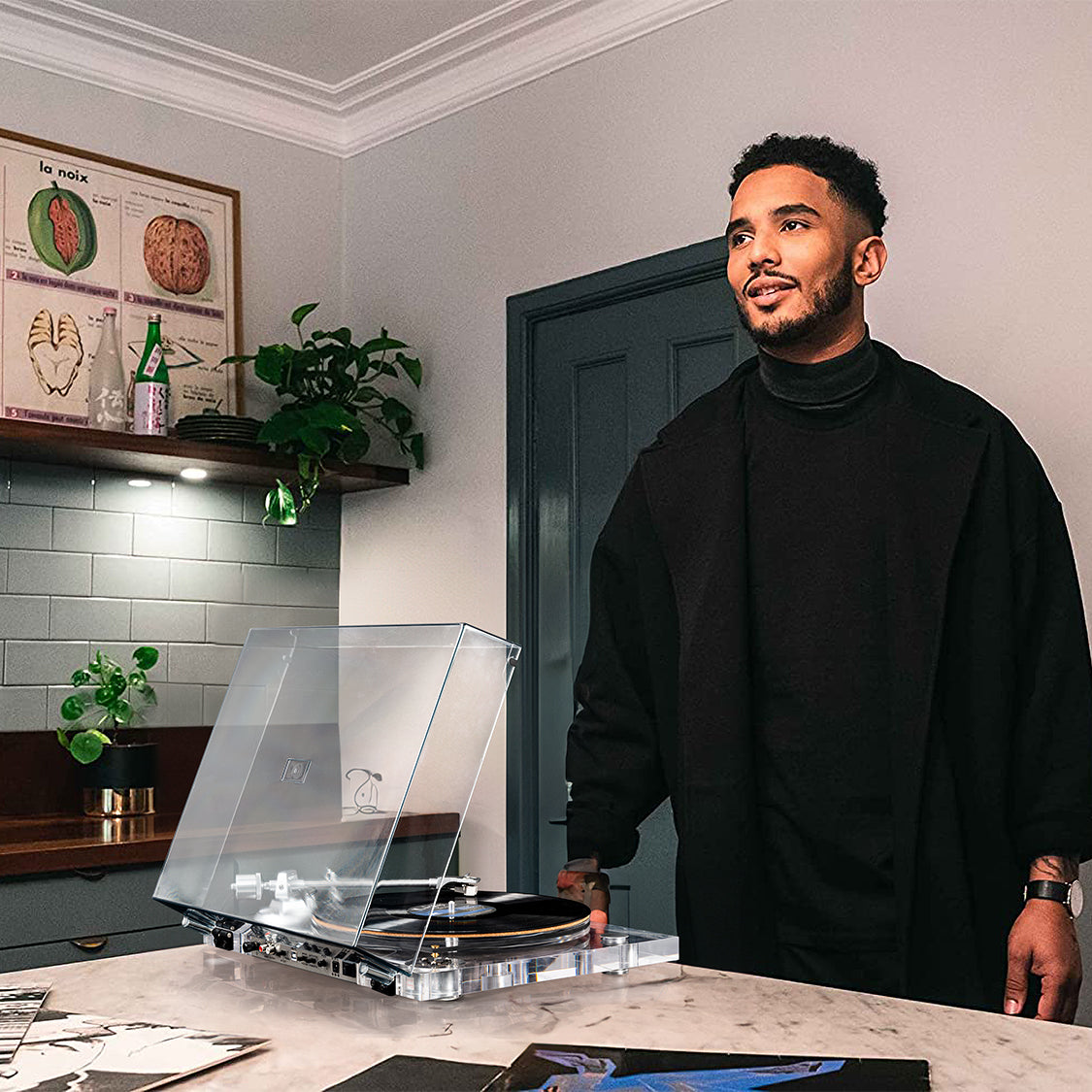

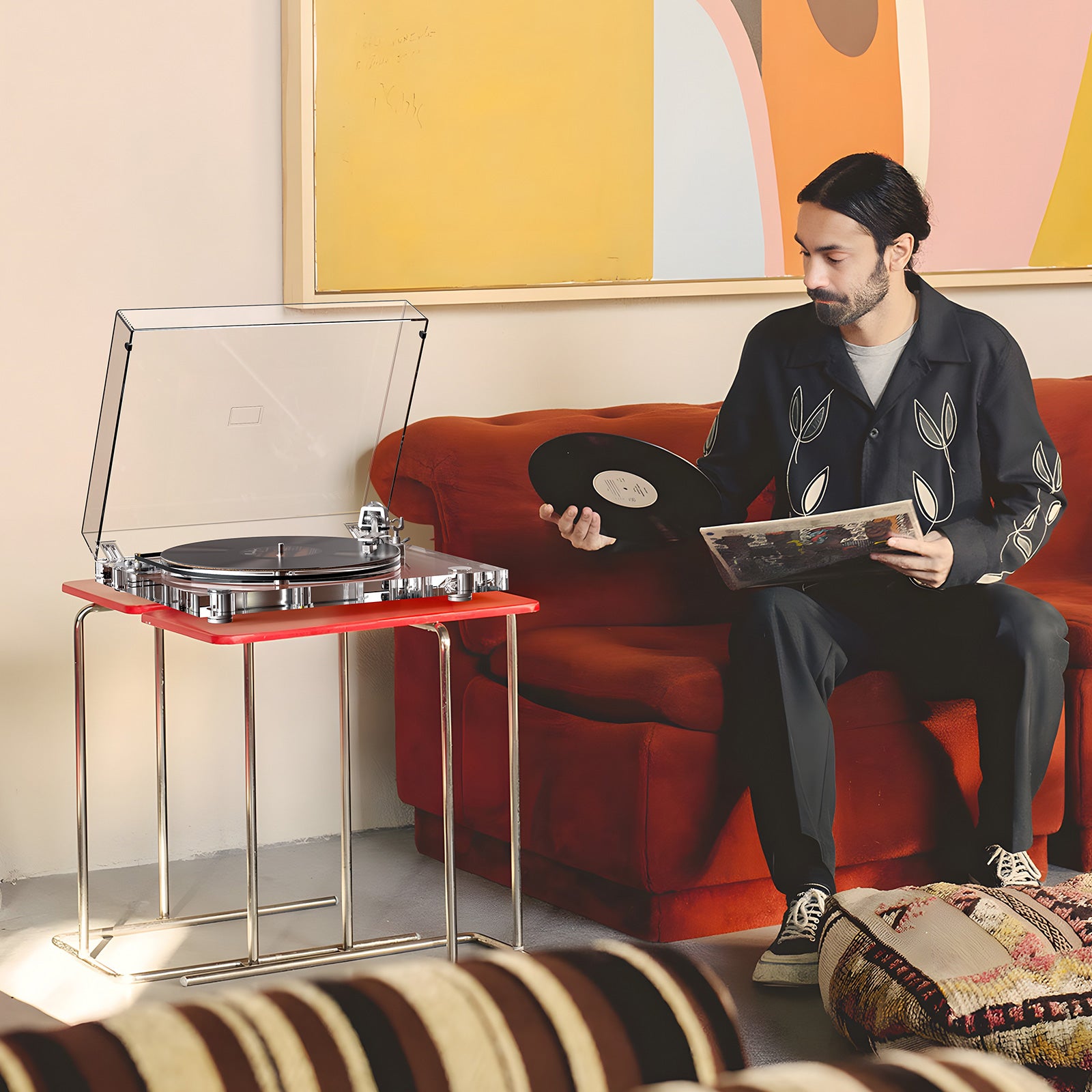
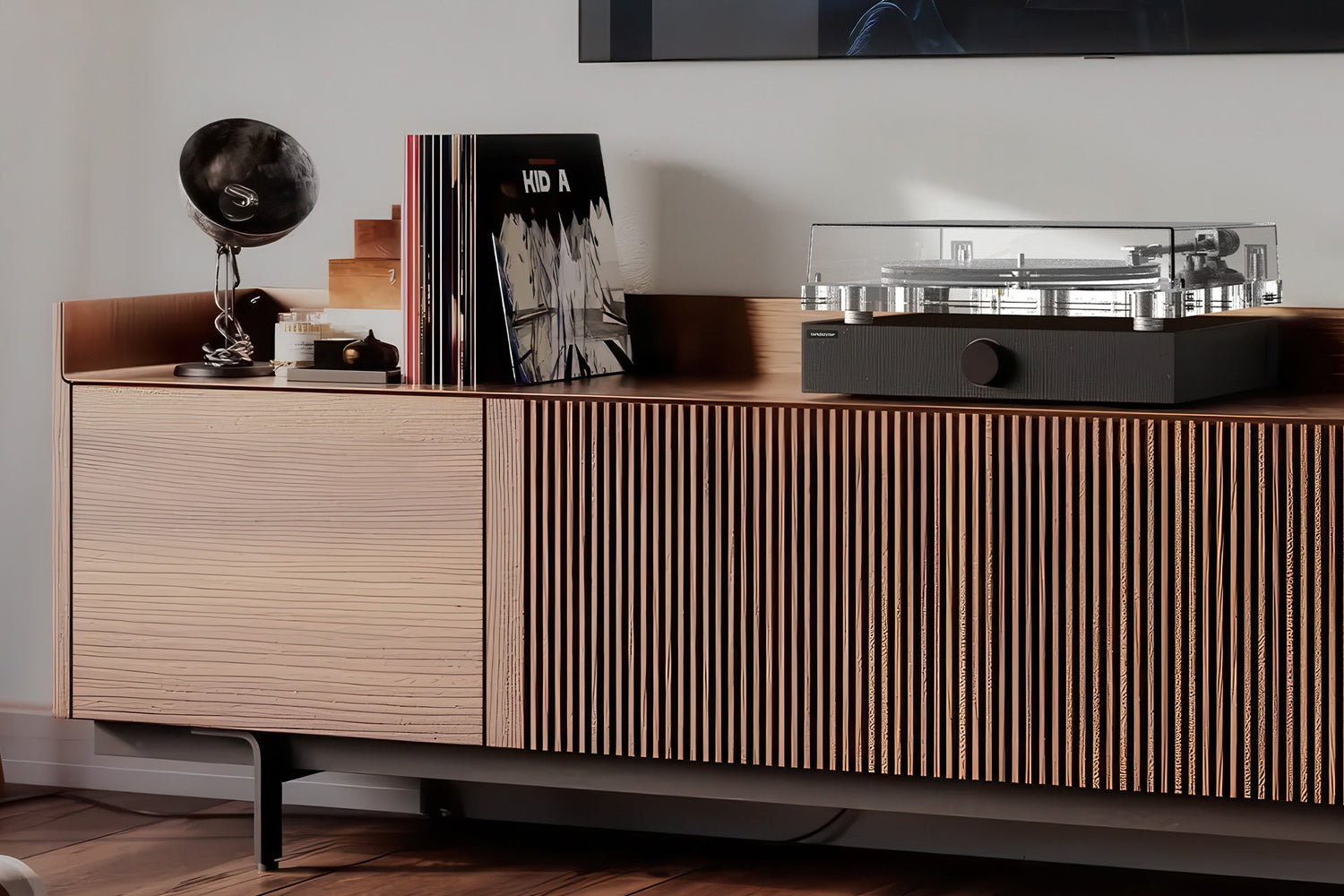
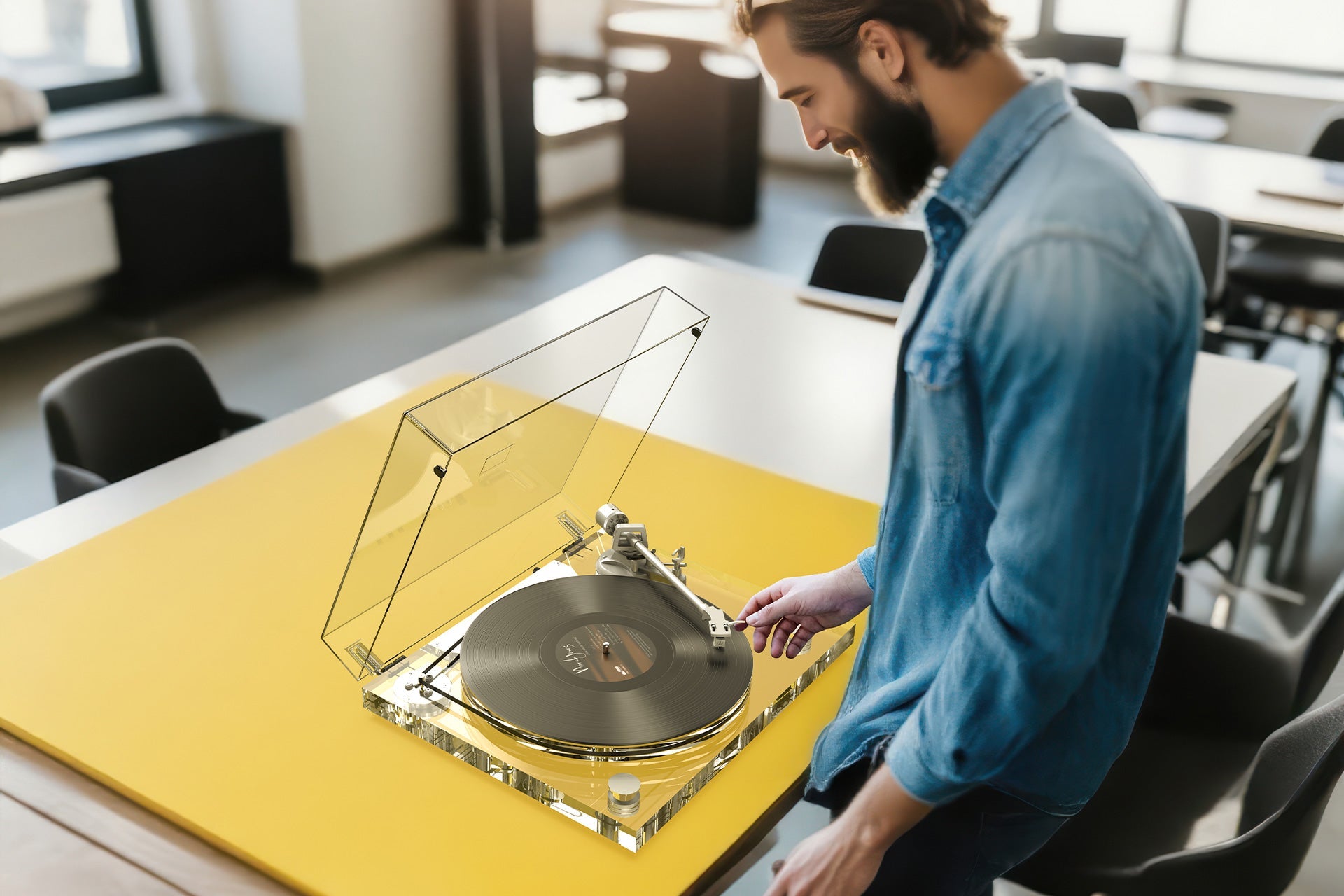
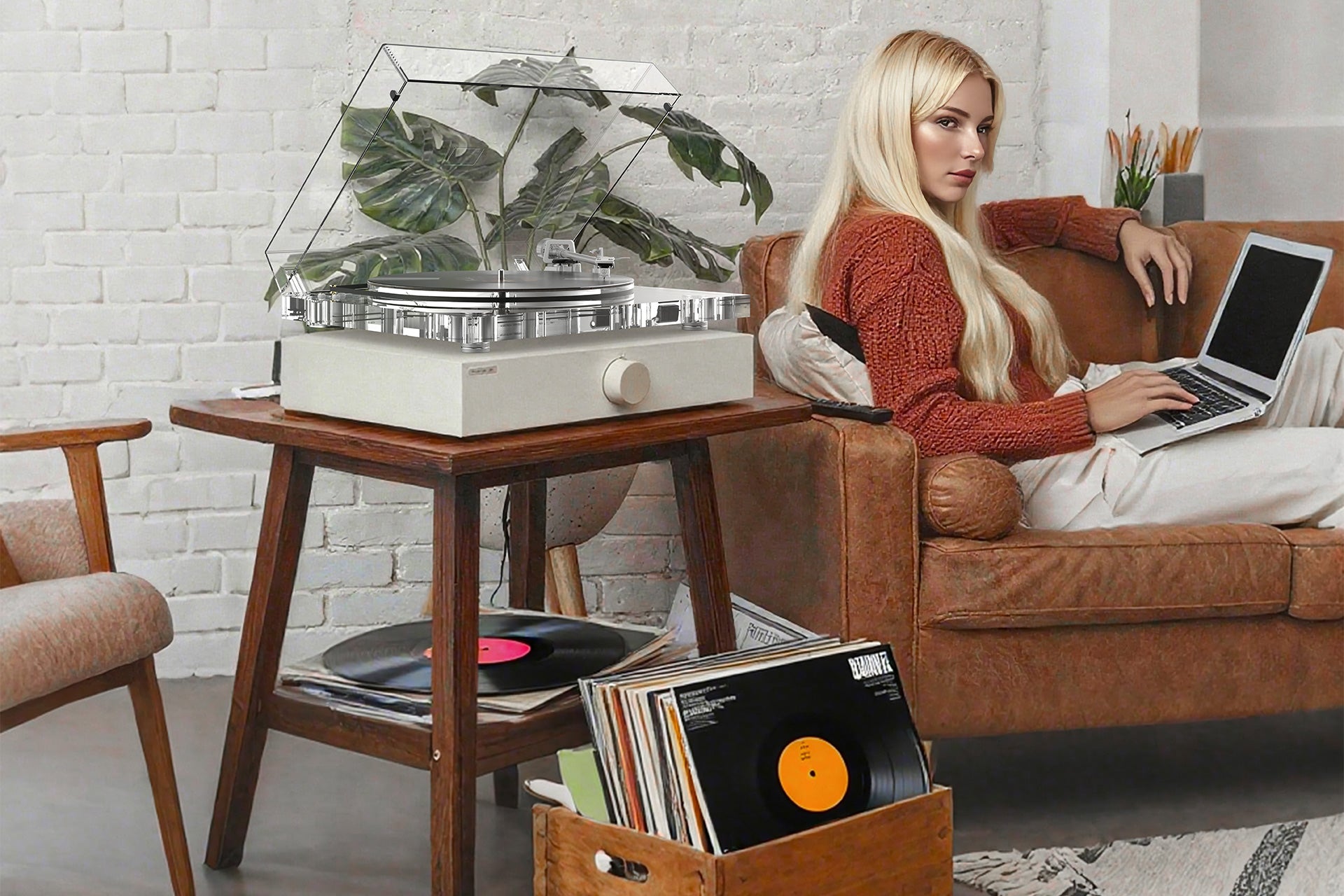




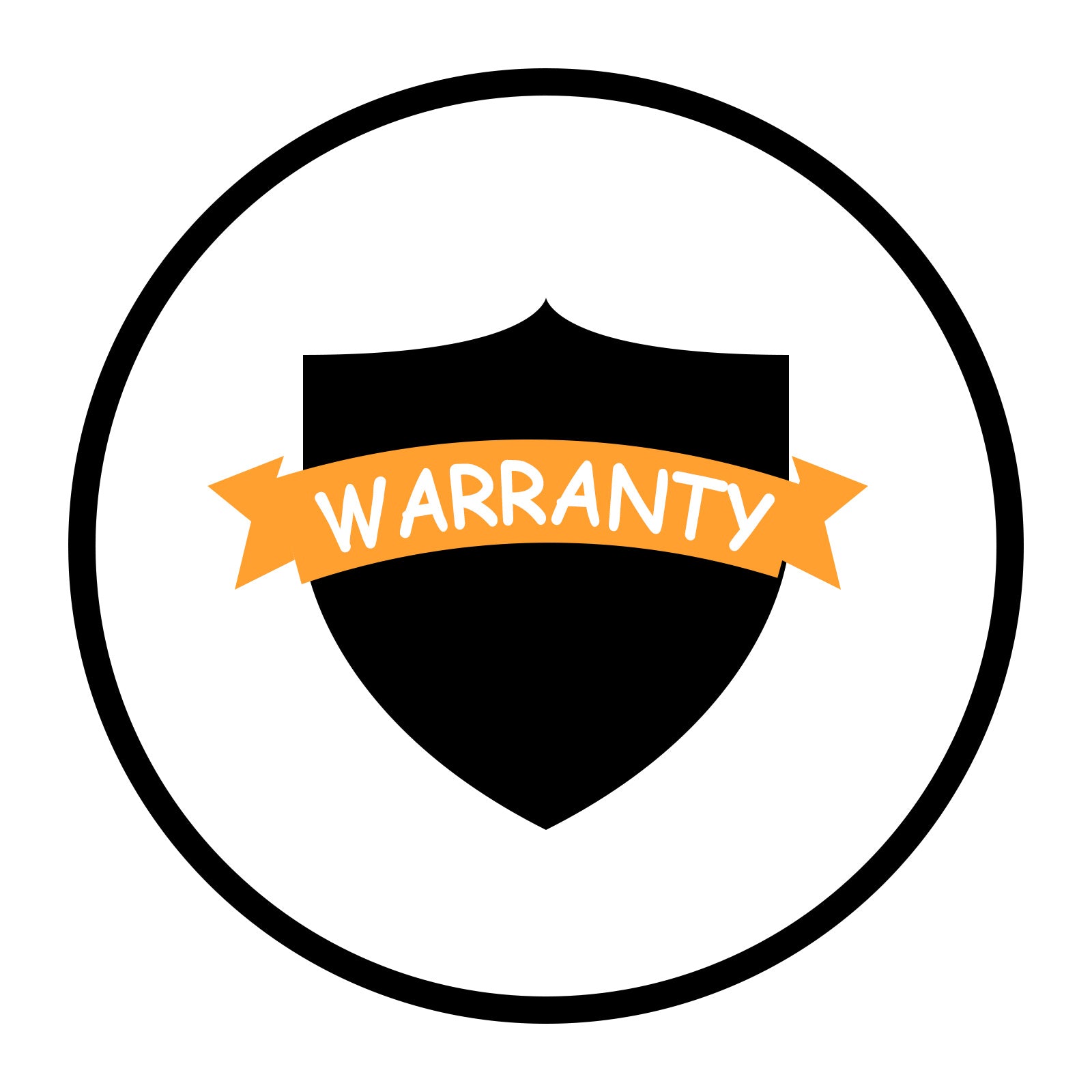
Leave a comment
All comments are moderated before being published.
This site is protected by hCaptcha and the hCaptcha Privacy Policy and Terms of Service apply.